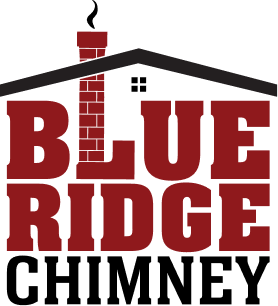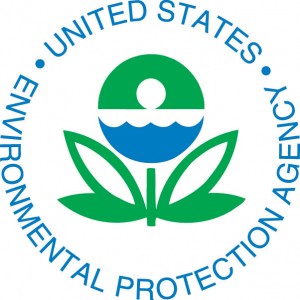Are you using a wood-burning stove that was manufactured before 1988? If so, you may want to think about updating your older heat appliance with a newer EPA-certified model. In 1988, the U.S. Environmental Protection Agency (EPA) started requiring wood stove manufacturers to certify that every wood-burning stove model for sale in this country follows the EPA particulate emissions guidelines in the Clean Air Act. Reducing air pollution and improving air quality are a couple of the EPA’s main objectives. At Blue Ridge Chimney Services, we have seen that not only are EPA-certified wood-burning stoves less polluting, but the newer stoves can heat your home more efficiently and less expensively. Blue Ridge Chimney Services sells and installs both wood-burning stove inserts as well as freestanding wood stoves. We strongly recommend to our customers who own pre-1988 wood stoves to update to an EPA-certified stove, and we would like to share with you why we feel this way.
With a new EPA-certified stove, you will save money on your winter heating bills because you will not have to burn as much wood.
According to the Wood Heat Organization, people who use pre-1988 wood-burning stoves burn almost as twice as much wood than people with newer EPA-certified wood stoves. If you must buy your firewood supply, you will cut your cost in half this year by converting your older wood stove to a newer wood-burning stove.
Older wood-burning stoves produce high amounts of pollution which affects the health of many.
Because stoves made before 1988 burn a lot of wood, these heating appliances produce a lot of smoke. Smoke from burning wood contains many small particles that are so tiny that the natural defenses of your body cannot stop them from lodging deep into your lungs and damaging or even changing the structure of your lung tissue. These particles can also carry toxins directly into your bloodstream. Breathing in too many of these tiny particles can lead to the development of asthma attacks and other serious respiratory problems, heart issues, and even premature death. Held to the strict standards of the EPA, newer certified wood-burning stoves reduce the tiny particle emissions by 70%, and this drastically cuts down on wood smoke pollution.
An EPA-certified wood-burning stove heats your home so much more efficiently and safely than a pre-1988 wood stove.
Since they reduce smoke by 90% and increase energy efficiency by approximately 30%, a newer certified wood stove is such a great improvement over the stoves from 30 years ago. While you still need an annual chimney sweeping when you have a wood stove that has been certified by the EPA, you will not have as nearly as many creosote deposits sticking to the walls of your chimney. Because of the latest technology to burn wood more cleanly, less creosote develops during the burning process of an EPA-certified wood stove. Although it develops naturally during the condensation process of wood burning, creosote can be a serious concern as it is a highly combustible compound. The fewer creosote deposits produced, the less likely your home is in danger from a chimney fire.
Have more questions about EPA-certified wood-burning stoves? Contact Blue Ridge Chimney Services to talk to us about replacing your old, inefficient wood stove with a newer model.

